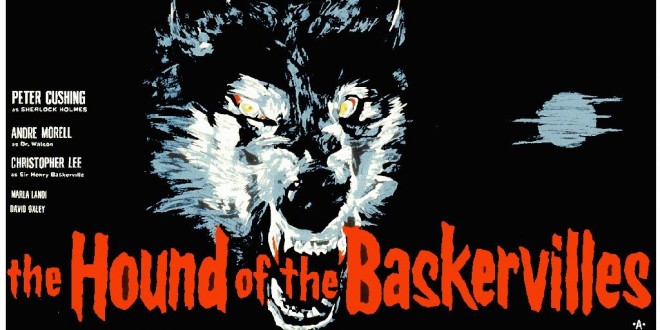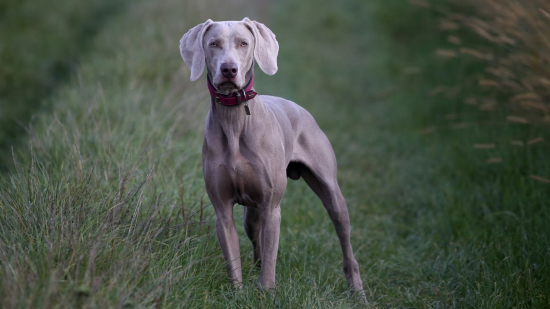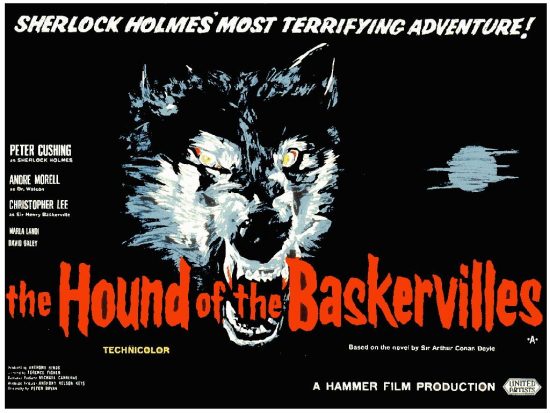In horror cinema, dogs, like the intelligent and versatile German Shepherds, have evolved from simple screen pets to complex characters. This shift began with heroic figures like Strongheart and Rin Tin Tin and progressed with the casting of a Great Dane in “The Hound of the Baskervilles.”
If you’re curious about whether your furry friend has the potential to star in a horror movie, a dog DNA test might provide some insights. These tests can reveal your dog’s breed composition, which can indicate certain traits and behaviors associated with specific breeds. For example, Basepaws dog DNA test might reveal a predisposition for traits like fearlessness and trainability, qualities essential for canine actors in horror films. Understanding your dog’s genetic makeup can help determine if they have the characteristics suited for a role in the thrilling world of horror cinema.
Cute & Scary Fact: A dog DNA test can uncover hidden breed traits in your pet, potentially revealing a natural talent for acting in horror movies!
The Early Days: From Protectors to Villains
The Great Dane in “The Hound of the Baskervilles” was a pivotal character, transitioning dogs from their traditional roles as protectors to potential antagonists in horror films. This breed’s size and commanding presence made it ideal for a more ominous portrayal.
Cute & Scary Fact: Despite their intimidating size, Great Danes are known for their gentle and affectionate nature.
The Anatomy of a Horror Film Dog
Horror films often feature breeds like Rottweilers or Dobermans, known for their strength and guarding instincts, in roles that require a menacing presence.
Cute & Scary Fact: These breeds, though portrayed as fearsome, are typically highly trainable and loyal, making them perfect for complex film roles.
“Dogs Gone Wild”: A Gut-Wrenching Genre
This sub-genre usually involves mixed breeds, reflecting the unpredictability and varied traits of these dogs in narratives where man’s best friend turns into a source of terror.
Cute & Scary Fact: Mixed breed dogs in films challenge the stereotype of certain breeds being inherently aggressive.
Laboratory-Created Canines: A Sci-Fi Horror Blend
Breeds like Tibetan Mastiffs, known for their impressive stature, are often chosen for roles as genetically altered canines in sci-fi horror blends.
Cute & Scary Fact: The imposing nature of Tibetan Mastiffs is often exaggerated in films to enhance the horror element.
Supernatural and Alien Dogs: Beyond Natural Realms
Siberian Huskies, with their striking, wolf-like appearance, are commonly cast in roles involving supernatural or alien elements, adding an eerie quality to these narratives.
Cute & Scary Fact: The wolf-like traits of Siberian Huskies make them a natural fit for roles that blur the line between the familiar and the supernatural.
Comic Relief: Dogs in Lighter Horror Contexts
In lighter horror contexts, breeds like Poodles, known for their intelligence and quirky characteristics, often provide comic relief.
Cute & Scary Fact: Poodles, despite their elegant looks, can display comical antics, making them suitable for humorous roles in horror films.
Iconic Canine Horror: The Case of “Cujo”
“Cujo” features a St. Bernard, a breed usually associated with rescue and nurturing, in a terrifyingly antagonistic role, subverting audience expectations.
Cute & Scary Fact: The contrast between the St. Bernard’s on-screen role and its off-screen gentle nature made “Cujo” particularly unsettling.
The Financial and Emotional Worth of Dogs in Horror Films
The significant impact of dogs in films, often receiving higher compensation than human extras, highlights their importance in cinema. Breeds like Alaskan Malamutes and German Shepherds, known for their expressive nature, contribute heavily to the emotional depth in horror films.
Cute & Scary Fact: These breeds are often chosen for their ability to convey a range of emotions, from loyalty to menace, enhancing the audience’s emotional experience.
Conclusion
In conclusion, dogs in horror films have transitioned from simple companions to complex, multifaceted characters. Various breeds bring their unique traits to these roles, from the intimidating presence of Rottweilers to the gentle nature of St. Bernards. Whether eliciting fear, providing comic relief, or showcasing loyalty, dogs have become an integral part of horror cinema, enhancing the genre’s narrative depth and emotional impact. Their evolution in film reflects our broader understanding of these versatile animals, highlighting both their endearing qualities and their potential to surprise and captivate audiences in unexpected ways.
Cute & Scary Fact: The journey of dogs in horror films reflects our evolving understanding of these animals, showcasing their diverse personalities and abilities.


